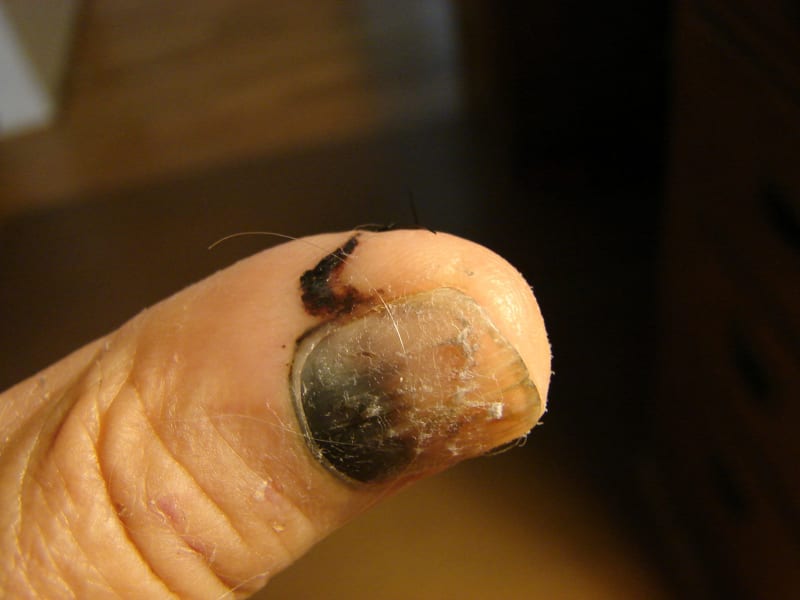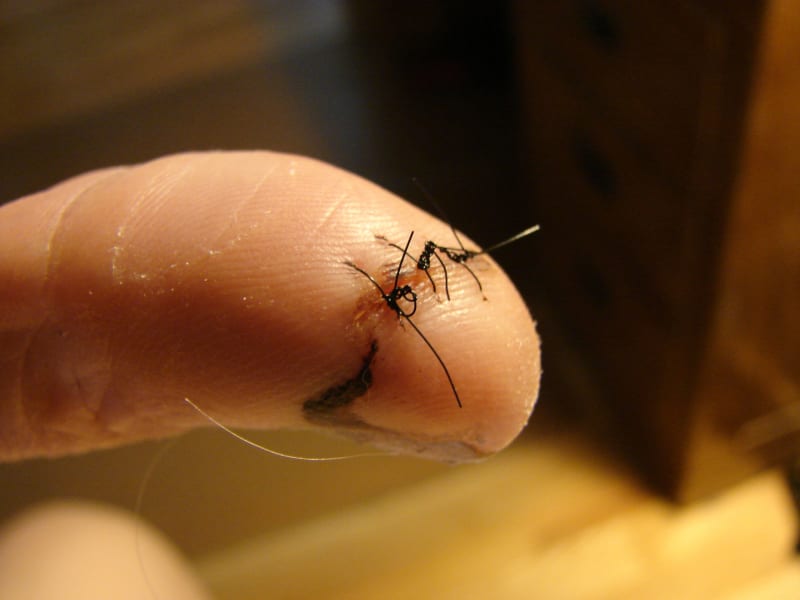verymadmac
Mechanical

Transpower chief executive Alison Andrew says a power pylon that fell last Thursday was due to contractors removing too many nuts I guess someone read the work order wrong.
Follow along with the video below to see how to install our site as a web app on your home screen.
Note: This feature may not be available in some browsers.

⚠️Caution! Work is dangerous. Have a safety briefing first
⚠️Caution! Wear gloves.
⚠️Caution! Wear goggles.
⚠️Caution! Wear safety shoes.
⚠️Caution! Wear a hard hat.
⚠️Caution! Read the entire procedure first.
⚠️Caution! Each of these caution statements is important! Don't tune them out because there are so many.
⚠️Caution! Other hazards may exist and they might not be marked with ⚠️Caution!
Step 1: Remove each bolt.
Step 2: Do something with each bolt.
⚠️Caution! The something might involve hazardous chemicals.
⚠️Caution! Read and follow the printed instructions on each chemical.
⚠️Caution! Read the MSDS for each chemical.
Step 3: Replace each bolt.
Step 4: Tighten each bolt with a power tool.
⚠️Caution! Power tools are dangerous.
⚠️Caution! Read and follow the manufacturer's instructions for the power tool.
⚠️Caution! If you are unsure of the proper use of the power tool stop and ask for training.
⚠️Caution! Remove only one bolt at a time, or the tower might fall over.
⚠️Caution! If the wind speed is greater than 42 furlongs per fortnight do not begin this procedure.Link to ArticleWiki said:The Lacey V. Murrow Memorial Bridge is a floating bridge in the Seattle metropolitan area of the U.S. state of Washington.
....
On November 25, 1990, while under re-construction, the original bridge sank because of a series of human errors and decisions.
....
The Washington State Department of Transportation (WSDOT) decided to use hydrodemolition (high-pressure water) to remove unwanted material (the sidewalks on the bridge deck). Water from this hydrodemolition was considered contaminated under environmental law and could not be allowed to flow into Lake Washington.[22] Engineers then analyzed the pontoons of the bridge, and realized that they were over-engineered and the water could be stored temporarily in the pontoons. The watertight doors for the pontoons were therefore removed.
....
A large storm on November 22–24 (the Thanksgiving holiday weekend),[23] filled some of the pontoons with rain and lake water. On Saturday, November 24, workers noticed that the bridge was about to sink, and started pumping out some of the pontoons; on Sunday, November 25, a 2,790-foot (850 m) section of the bridge sank, dumping the contaminated water into the lake along with tons of bridge material.
Too many bolts, too many covers.
jhardy1 said:...when the whole hub exploded in my hands...


